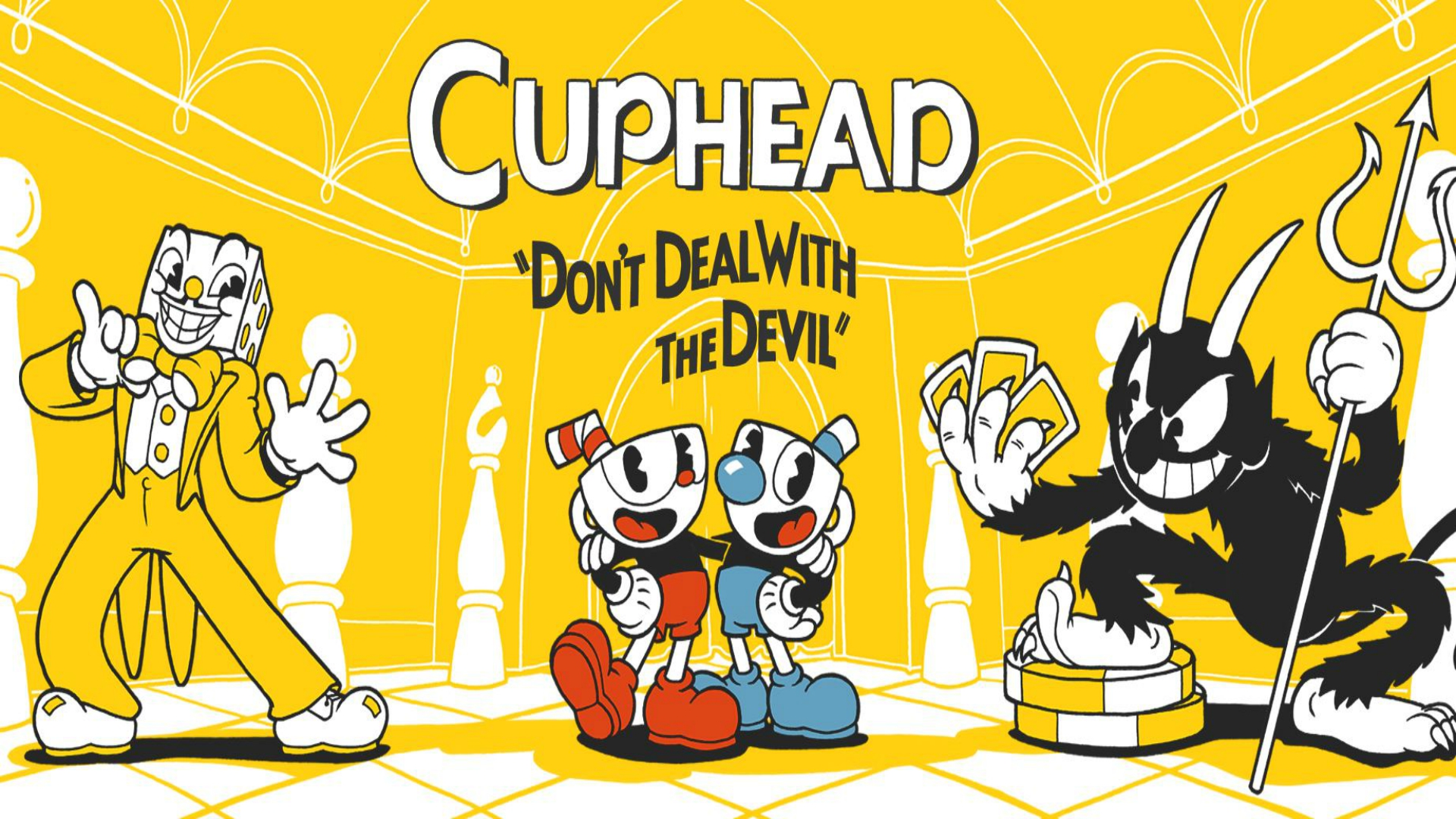

Whether you’re saving the universe from an alien invasion or tending crops in your animal community, playing games mimics the process of resilience. Games, by design, present players with adversity and much of the joy of gaming comes from taking on and overcoming unnecessary obstacles. As much as resilience involves "bouncing back" from these difficult experiences, it can also involve profound personal growth. Psychologists define resilience as the process of adapting well in the face of adversity, trauma, tragedy, threats or significant sources of stress - such as family and relationship problems, serious health problems, or workplace and financial stressors. These games all have in common, a complex control system that can be put to use in imaginative and creative ways to get the edge over your opponents.

Or it could be learning the complex move lists in a game like Street Fighter.

Maybe it’s learning the perfect combination of angles and trajectories in Videoball. Or, perhaps, it’s using the limited running and jumping slightly better than other players to get a win in Fall Guys. This might be understanding how the propulsion of your car lets you take to the air and hit a perfect shot in Rocket League. Whether you rise through the league tables, or just improve compared to your family, the satisfaction or getting to grips with something so monumentally challenging is really satisfying. Rather than offering assistance, these games leave you to it. Rather than relying on the stats of your character or player, you have to execute the moves yourself with timing proficiency and instinct. Whereas many games simplify getting around, these games make the complexity and depth of their movement systems part of the joy of playing them. There are a small group of games that hone this challenge down to the mechanics of moving around the environment. It takes time to understand their systems, mechanics, objectives and worlds. When someone plays a game too much it’s easy to think they are taking an easy route to something entertaining, like junk food. Other mechanics were similarly challenging to bring to life, but Moldenhauer wasn’t ready to talk about everything players can expect in the DLC.Games offer us challenges on many levels.

This mission led to other time-intensive additions, like bosses that change locations throughout the fight. Eventually, the team wanted to bring back everything it initially put on the cutting room floor. Chalice playable throughout the game and spun out from there. It all started with the goal of making Ms. RELATED: Cuphead: The Delicious Last Course Preview: More Tasty Morsels While talking to IGN, Studio MDHR Executive Producer and Inking Artist Maja Moldenhauer revealed that the upcoming extra levels required the same amount of hand-drawn work as the entire base game. However, this takes a lot of time to replicate and is perhaps one of the biggest reasons why the Delicious Last Course DLC has taken years to come to fruition. The hand-crafted style of Cuphead calls back to the animation of old and the game has caught a lot of attention because of that novel approach.


 0 kommentar(er)
0 kommentar(er)
